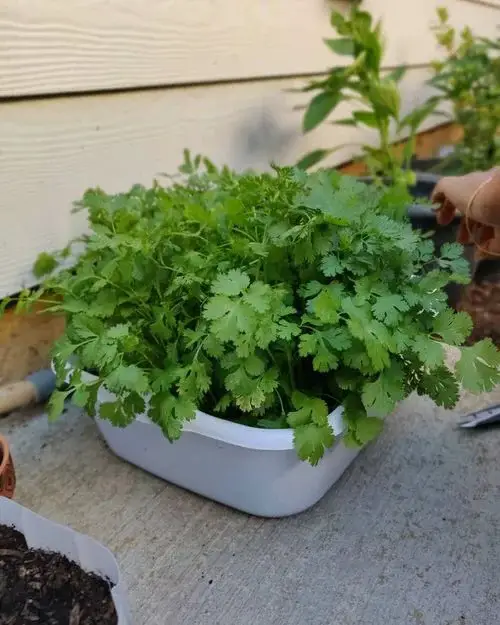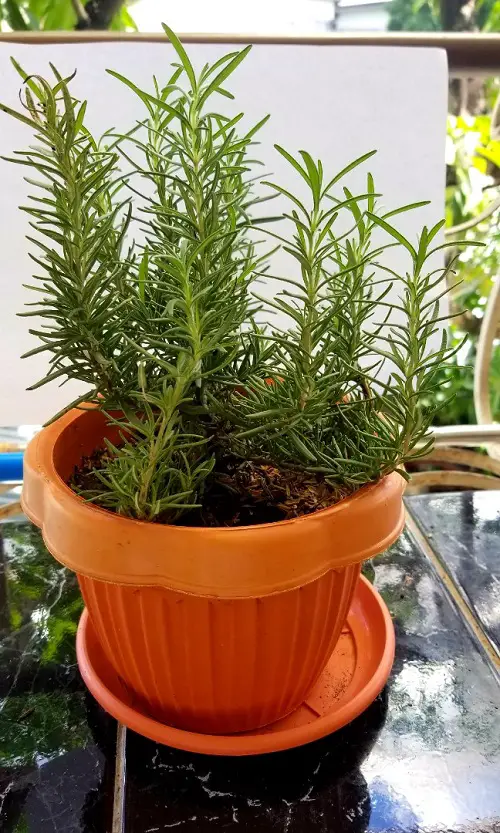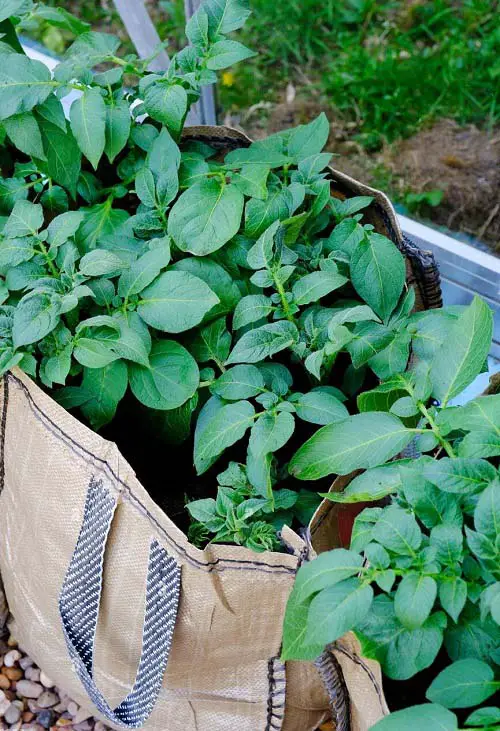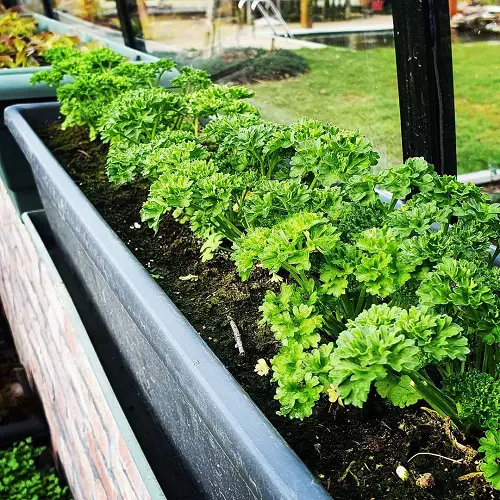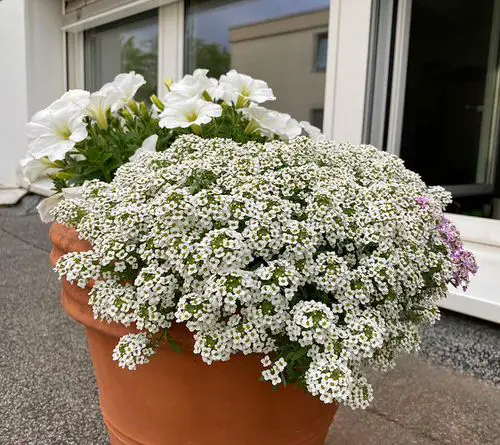Looking for the perfect specimens to grow alongside cilantro? Search no further and check out our list of the best Cilantro Companion Plants!
Cilantro is a popular herb known for its fresh, zesty flavor and versatile use in the kitchen. To maximize its growth and flavor, planting it alongside companion plants can be highly beneficial. In this guide, you’ll explore the Best Cilantro Companion Plants.
Cilantro Companion Planting

Cilantro (Coariandrum sativum), also called coriander or Mexican parsley, is a cool-weather herb used in cooking that can be easily grown in gardens or containers. The growth of cilantro, similar to other plants in vegetable and herb gardens, can be influenced by companion plants that help it flourish or hinder its growth.
The idea of companion planting is not scientifically supported but rather based on years of anecdotal success from gardeners. This gardening practice has been passed down from generation to generation, where certain plants are planted together, such as marigolds near tomatoes, to repel pests.
While some of these practices may be rooted in folklore, many experienced gardeners swear by them. It can be fascinating to experiment with these methods to see if they work.
Learn How to Grow Cilantro in a Pot
Best Cilantro Companion Plants
1. Dill
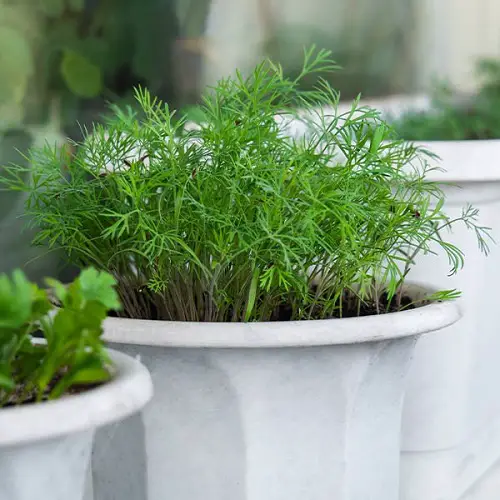
Dill, like cilantro, produces umbrella-shaped flowers that attract beneficial insects. Plant dill and cilantro together in your garden to increase their natural pest control.
2. Anise
Anise is a herb that is not as popular as cilantro and grows under similar cool weather conditions. When cilantro is planted in close proximity to anise, it can accelerate and enhance the germination process of anise seeds.
3. Legumes

Legumes, such as sugar snap peas and green beans, make excellent companions for cilantro plants due to their ability to supply essential nitrogen to the soil.
4. Leafy Vegetables
The umbrella-shaped flowers of cilantro are highly effective at drawing beneficial insects, such as ladybugs, hoverflies, parasitoid wasps, and lacewings, that prey on harmful pests like aphids, potato beetles, spider mites, and cabbage moths.
As a result, cilantro serves as a great companion plant to various leafy vegetables, including cabbage, spinach, kale, lettuce, and kohlrabi, which are susceptible to leaf-eating pests.
5. Selective Herbs
Cilantro thrives well when planted alongside other herbs with similar water and full-sun requirements, such as basil, parsley, and chervil. To simplify watering, you can grow these herbs together in a single container dedicated to herb gardening.
Although herbs like chives, thyme, yarrow, tansy, tarragon, and rosemary that require less water or more space may do better when planted separately from cilantro, they are not adversely affected by their presence.
6. Potato
Cilantro has the ability to attract predatory insects and helps protect potato crops from harmful pests like Colorado potato beetles.
7. Chervil
This fragrant culinary herb keeps pests away from cilantro plants.
8. Coreopsis
This low-maintenance, long-flowering plant is efficient in attracting beneficial insects.
9. Sweet Alyssum
Sweet alyssum lures lady beetles and green lacewing larvae, both of which will gulp aphids.
Growing Cilantro Near Nitrogen-Fixing Plants
Growing cilantro near nitrogen-fixing plants can be beneficial as they help add nutrients to the soil in the form of nitrates, which are essential for cilantro growth. Some examples of nitrogen-fixing plants that can aid in this process include alfalfa, beans, clover, lupines, and peas.
- Peas can serve as an initial crop that helps to prepare the soil for herb planting during the warming season.
- Various types of beans, including pole beans, string beans, wax beans, and runner beans, can be sown in the early stages of spring.
- Lupines are not only stunning perennials with colorful flowers that butterflies are fond of, but they also produce nitrogen that is beneficial for the growth of other plants.
When selecting companion plants for cilantro, it’s essential to consider those that can provide some cooling shade. It’s best to avoid fruit-bearing plants such as tomatoes and peppers as they don’t grow well alongside nitrogen-fixing plants that are often grown with cilantro. A better option is planting tall annual flowers that can provide the required shade.
- Direct sowing cosmos is hassle-free, and it’s best to do it after the frost risk has passed. These flowers are not only attractive to butterflies, but they can also be an excellent shade source.
- Zinnias are another great option, as they attract a diverse range of pollinators. They have large flowers and leaves that shade herbs that grow late in the season.
- While sunflowers can also offer shade, it’s best to opt for smaller varieties such as Red Velvet, Lemon Queen, or Italian White to prevent excessive shading, which can inhibit the ripening of fruits.
Find the Difference Between Parsley and Cilantro
Bad Cilantro Companion Plants
Certain plants are not recommended to be planted near cilantro, as some have different needs that could impact their growth. For instance, cilantro requires a lot of water, as it has shallow roots.
As a result, it’s not advisable to plant it near herbs that prefer well-drained and drier soil. This category includes herbs that typically grow in sunny Mediterranean regions, such as:
- Lavender thrives in sandy soil with intermittent watering.
- Thyme, including the creeping varieties, prefers a well-drained, drier soil culture.
- Rosemary likes a sunny bed with sandy soil.
- Fennel is not a good companion plant for most herbs, unfortunately, as it secretes a substance that can inhibit growth.
Cilantro as a Companion Plant
Cilantro is classified as a “cool season” herb, which causes it to develop flowers relatively early in its growth cycle, a process known as “bolting.”
Allowing cilantro to bolt is beneficial as the flowers produced, particularly on lettuce plants, serve as a food source for pollinators and attract other helpful insects. Thus, cilantro is an excellent companion plant for both herb and vegetable gardens.
- If you are struggling with spider mites, consider planting cilantro in your garden or using a spray made from cilantro tea. Cilantro has properties that can help repel these pests.
- Did you know that cilantro can help protect your garden from potato beetles? These insects don’t care for the scent of cilantro, making it an effective natural deterrent.
- Hoverflies are beneficial insects that can help keep aphids in check. To attract these helpful bugs to your garden, consider planting cilantro, which can draw them in with its flowers. Once they’re present, hoverfly larvae will consume the aphids, reducing their population.
- For a consistent and ongoing supply of fresh cilantro, it’s recommended to sow seeds every two weeks. By doing so, a new crop will be ready to replace the old one once it flowers or “bolts.” Additionally, the distinct and strong aroma of cilantro can attract helpful insects, making it a valuable addition to any garden.


